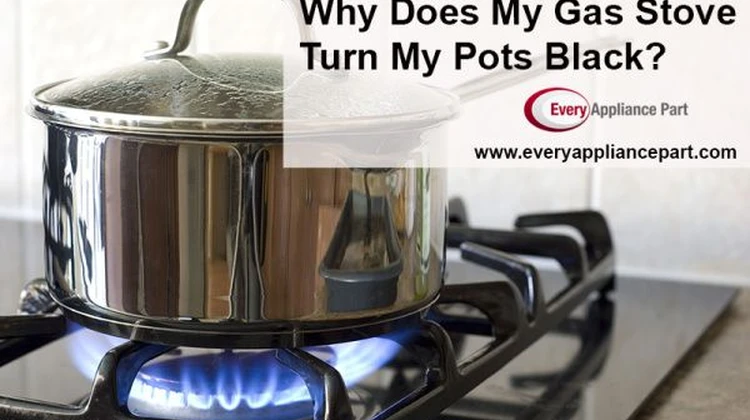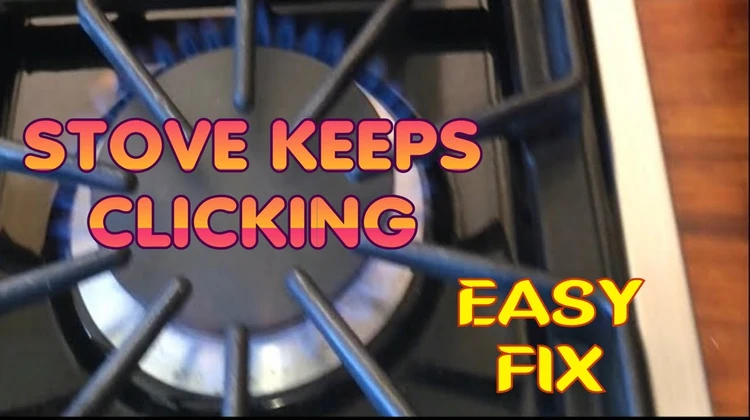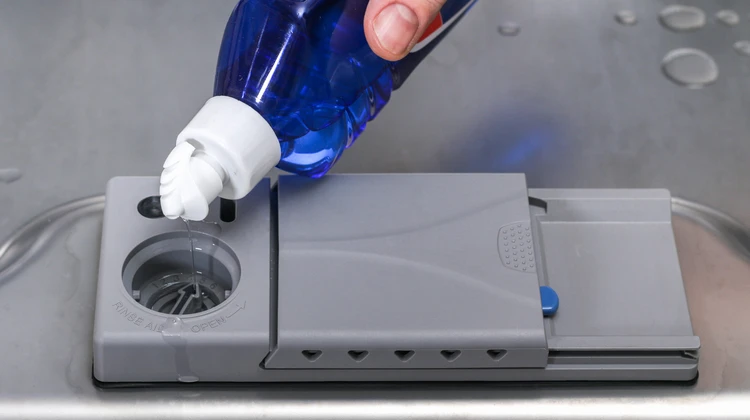Burned pots are a common kitchen nightmare. Whether you’re a homeowner, renter, or kitchen enthusiast, dealing with scorched cookware can be frustrating and costly. The issue goes beyond just the inconvenience; it touches on kitchen efficiency and sustainability.
Disclaimer: As an Amazon Associate, I earn commission from qualifying purchases.
Understanding why your pots burn and how to prevent it can significantly enhance your culinary experience and reduce waste.
Identifying the Root Cause
Several factors contribute to burned pots. Uneven heat distribution is a primary culprit. When heat isn’t evenly dispersed across the cooking surface, hot spots form, leading to burning. Another common issue is incorrect cookware materials. Some materials conduct heat poorly, causing uneven cooking and burning.
Professional chefs and authoritative sources like Cook’s Illustrated emphasize the importance of quality cookware and proper cooking techniques. For instance, using thin-bottomed pots on high heat can lead to burning. Additionally, techniques such as not preheating pans or failing to stir food regularly can exacerbate the problem.
The Science Behind Burned Pots
Understanding the science of heat transfer is crucial. Heat transfer in cooking occurs through conduction, convection, and radiation. Conduction is the transfer of heat through direct contact, like a pan on a stove. Convection involves the movement of heated particles, as in boiling water. Radiation is heat transfer through electromagnetic waves, like in a microwave.
Scientific studies show that even heat distribution is key to preventing burning. For example, a study published in the Journal of Food Science found that pots with thicker bases distribute heat more evenly, reducing the likelihood of burning.
Choosing the Right Cookware
Selecting the right cookware can make a significant difference. Here’s a comparison of common materials:
- Stainless Steel: Durable and resistant to corrosion, but can have uneven heat distribution.
- Cast Iron: Excellent heat retention and distribution, but requires seasoning and careful maintenance.
- Non-Stick: Easy to clean and prevents food from sticking, but can be less durable and may not conduct heat evenly.
Cooking Techniques for Preventing Burns
Proper cooking techniques can prevent burning. Here are step-by-step guidelines:
- Preheat Pans: Always preheat your pan to ensure even heat distribution.
- Stir Regularly: Stir food frequently to prevent it from sticking and burning.
- Use Appropriate Amounts of Oil: Ensure you use enough oil to coat the pan but not so much that it causes splattering.
Optimal Heat Settings
Using the right heat settings is crucial. Different foods require different heat levels. For example, simmering a soup requires low to medium heat, while sautéing vegetables needs medium to high heat. Professional kitchens often use case studies to determine the best heat settings for various dishes.
For instance, a case study from a professional kitchen found that cooking rice on medium heat with occasional stirring prevents burning and ensures even cooking.
The Role of Cooking Oils
Choosing the right cooking oil is vital. Oils have different smoke points, the temperature at which they begin to break down and smoke. Here are some common oils and their smoke points:
- Olive Oil: Smoke point around 375°F, suitable for medium heat cooking.
- Avocado Oil: Smoke point around 520°F, ideal for high-heat cooking.
- Coconut Oil: Smoke point around 350°F, best for medium to low heat cooking.
Nutritional studies and food science journals like the Journal of the American Oil Chemists’ Society provide insights into the best oils for different cooking temperatures.
Maintaining Your Pots and Pans
Proper maintenance is essential for preventing future burns. Here are the steps:
- Clean Regularly: Wash pots and pans after each use to remove food residue.
- Season Cast Iron: Regularly season cast iron pans to maintain their non-stick properties.
- Avoid Sudden Temperature Changes: Gradually heat and cool pans to prevent warping.
Manufacturer guidelines and professional cleaning tips from sources like Good Housekeeping can be very helpful.
Best Practices for Kitchen Organization
Organizing your kitchen can improve cooking outcomes. Tips include:
- Easy Access: Store frequently used pots and pans within easy reach.
- Group Similar Items: Keep similar cookware together for efficiency.
- Use Storage Solutions: Utilize racks and hooks to keep your kitchen tidy.
Sustainable Kitchen Tips
Sustainable practices can prevent burning and save resources. Tips include:
- Energy-Efficient Appliances: Use appliances that conserve energy.
- Reduce Food Waste: Plan meals to use all ingredients efficiently.
- Compost Food Scraps: Compost leftovers to reduce waste.
Environmental studies and sustainable living publications like Treehugger provide valuable insights.
Troubleshooting Common Issues
Addressing common problems can prevent future burns. Issues like uneven cooking surfaces can be resolved by:
- Using Heat Diffusers: Place a heat diffuser under the pot to evenly distribute heat.
- Checking Stove Elements: Ensure your stove elements are functioning correctly.
Professional repair guides and industry experts offer solutions to these common issues.
The Impact of Kitchen Layout
Kitchen layout significantly affects cooking efficiency. A well-designed kitchen can prevent burned pots by:
- Optimizing Workflow: Ensure a logical flow from prep to cooking to cleanup.
- Providing Adequate Ventilation: Good ventilation helps regulate temperature and prevents smoke buildup.
Studies on ergonomic kitchen design from interior design publications like Houzz provide valuable insights.
FAQs
Why do my pots burn even on low heat?
Pots can burn on low heat due to uneven heat distribution or poor-quality cookware. Ensure your pots have a thick base and are made of materials that conduct heat evenly.
What is the best material for pots and pans to prevent burning?
Cast iron and high-quality stainless steel are excellent choices. They distribute heat evenly and are durable. Brands like All-Clad and Le Creuset are highly recommended.
How often should I clean my pots and pans?
Clean your pots and pans after each use to remove food residue and prevent burning. Regular maintenance also extends their lifespan.
What are the best cooking oils to use for high-heat cooking?
Avocado oil and refined olive oil are good choices for high-heat cooking due to their high smoke points. They can withstand higher temperatures without breaking down.
Can my kitchen layout affect how my pots perform?
Yes, a well-designed kitchen layout can improve efficiency and reduce the likelihood of burned pots. Ensure a logical workflow and adequate ventilation.
Conclusion
Preventing burned pots involves a combination of choosing the right cookware, using proper cooking techniques, and maintaining a well-organized kitchen. By understanding the science behind heat transfer and applying practical tips, you can significantly improve your kitchen efficiency and sustainability. Implement these insights to enhance your culinary experience and reduce waste.







